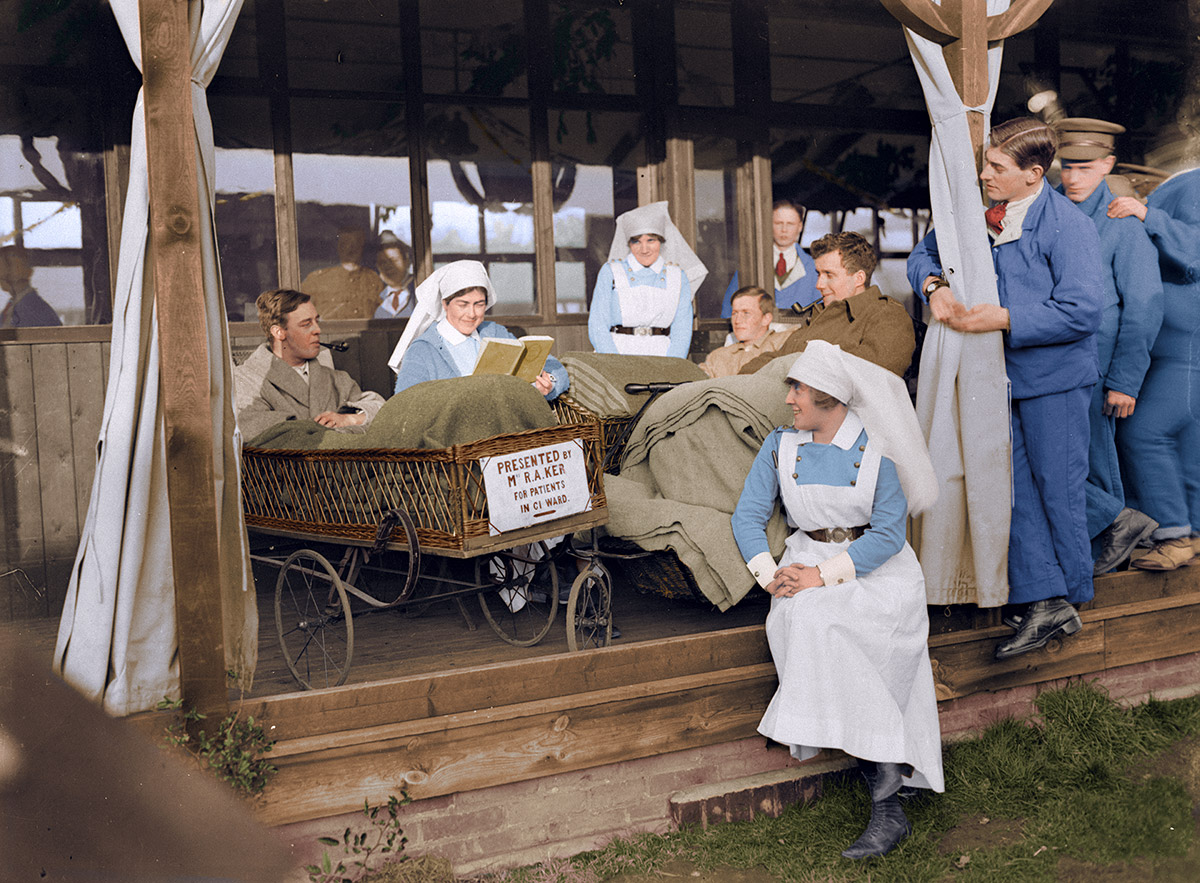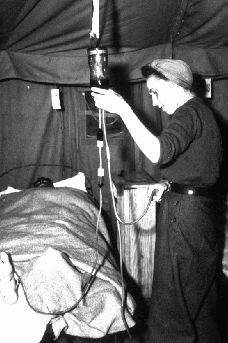We celebrate the heroism and mourn the sacrifices of our military through two world wars, and assorted other foreign conflicts and peacekeeping missions. Yet less attention has been paid to the related efforts of women — in particular, the nurses who have built their own proud tradition of service and sacrifice.
Measured against many countries, Canada has been fortunate when it comes to war. Unlike other nations founded in violence, our 1867 Confederation was peaceful. Since then, the fighting we have engaged in has been almost entirely on foreign soil. Unlike, for example, many European countries, our buildings and landscapes are untouched by bombs and battles.
This does not mean that Canadians are immune to the effects of war up close — and that is true of women as well as men. We celebrate the heroism and mourn the sacrifices of our military through two world wars, and assorted other foreign conflicts and peacekeeping missions. Yet less attention has been paid to the related efforts of women — in particular, the nurses who have built their own proud tradition of service and sacrifice.
The first Canadian nurses to join with a military unit did so in 1885, serving, in this rare instance, amid fighting in Canada during the North-West Resistance. The first foray of nurses into foreign conflict was fewer than two decades later, when they participated in the South African War (1899–1902), wearing uniforms supplied by the Canadian Army. When the Canadian Army Medical Corps was established in 1904, it included a small permanent nursing service. Four years later, Georgina Fane Pope became its first matron. (See Canadian Army Medical Corps Nursing Sisters.)
From the outset, the importance of the nurses’ role, and the excellence with which they performed it, was clear to the men with whom they worked. That praise was couched in the language and attitude of the times. In War Story of the Canadian Army Medical Corps, a work published around the time of the First World War (1914–18), author J. George Adami wrote, “the nursing profession in Canada has […] a higher status than it possesses in the old country [Great Britain].” About 3,000 Canadian nurses served in that war, attaining officer rank in the Canadian Army Medical Corps, which gave them unique and elevated status on the Allied side. Adami added that Canadian nurses received a higher level of training than counterparts elsewhere, with the result that “a remarkably large proportion of the matrons of the great hospitals in the United States are of Canadian birth and training.”
Of those who served, at least 58 died during the war — 21 of them from direct enemy action. The nurses, often stationed in field hospitals close to the front, suffered from many of the same conditions as the troops, including fleas, rats and poor hygiene. They treated the wounded and dying under often-primitive conditions in the face of bombing and shelling attacks. For their actions, nine nurses were awarded the Military Medal for bravery.
Since 1926, the Nursing Sisters’ Memorial has been on display in the Hall of Honour on Parliament Hill, remembering the sacrifice of the forerunners to today’s nurses. Today, more than ever, we understand the truth of Adami’s understated, but entirely accurate description of Canada’s nurses in fields of combat: by their actions, he concluded, they “have abundantly ‘made good.’” No one is more aware of that than the patients they have treated.

 Share on Facebook
Share on Facebook Share on X
Share on X Share by Email
Share by Email Share on Google Classroom
Share on Google Classroom










